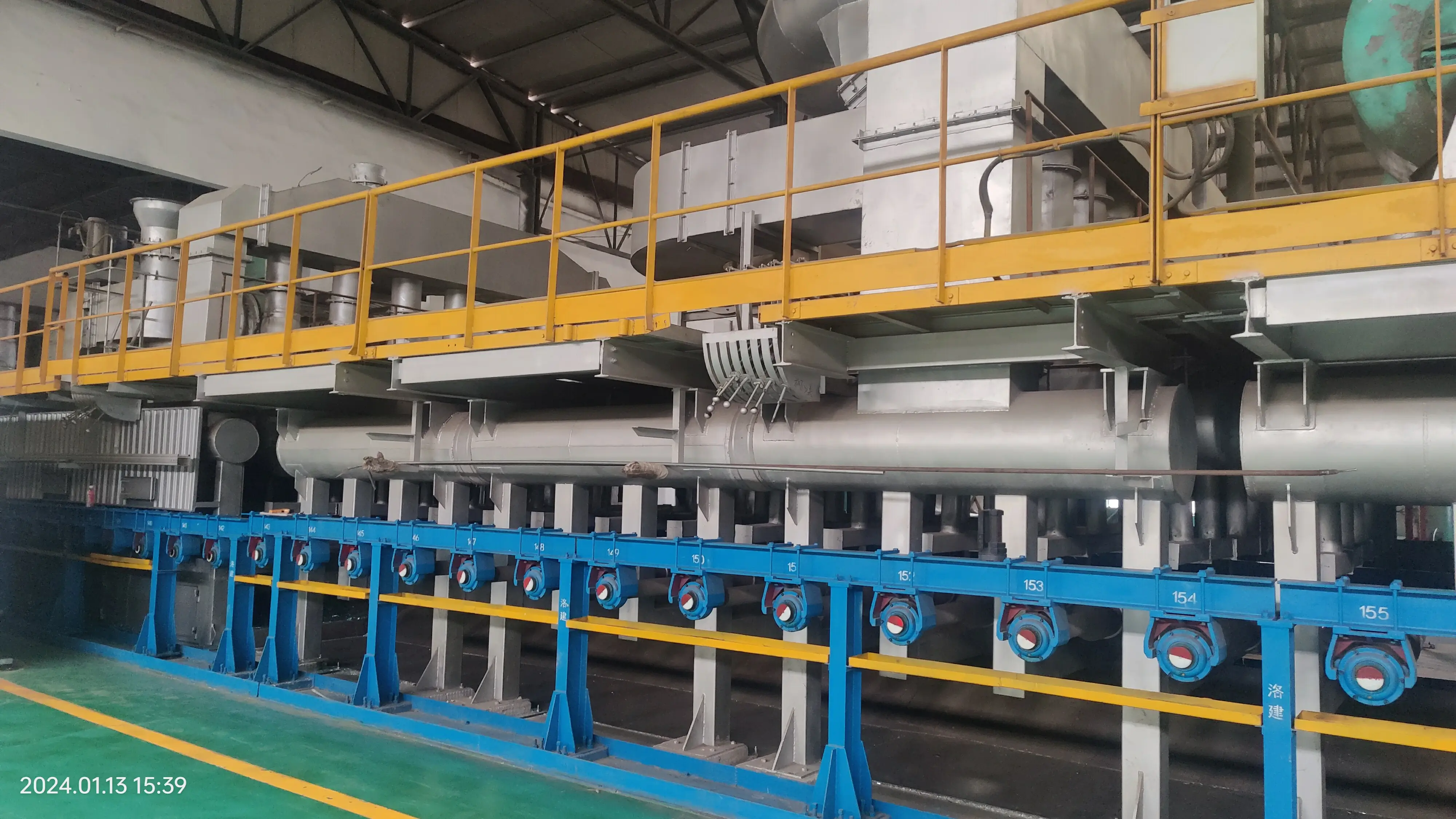

Understanding the Pricing of Clear Float Glass
Clear float glass is an essential material in a variety of industries, including construction, automotive, and interior design. Renowned for its clarity, flatness, and smooth surface, clear float glass is produced through a process involving the floating of molten glass on a bed of molten tin, creating a uniform thickness and a polished surface. Given its widespread applications, the pricing of clear float glass is a topic of importance for manufacturers, suppliers, and consumers alike.
The price of clear float glass is influenced by a myriad of factors production methods, raw material costs, demand and supply dynamics, and regional market conditions. Understanding these factors can provide insights into the fluctuations of glass prices over time.
1. Production Methods
The float glass manufacturing process itself impacts price. This technique, developed in the mid-20th century, is energy-intensive. High energy costs associated with melting raw materials and maintaining production processes directly affect the overall price of the glass. Any advancements in production technology that lead to increased efficiency can help in minimizing production costs, potentially reflecting in lower market prices.
The primary raw materials used in the production of clear float glass are silica sand, soda ash, and limestone. The prices of these materials can be volatile, influenced by mining regulations, environmental factors, and transportation costs. For instance, in regions where silica is abundant, glass manufacturers may benefit from lower raw material costs compared to areas where mining regulations are stringent.
Moreover, global economic conditions play a significant role. When there is a surge in construction or manufacturing, the demand for raw materials increases, often driving up their prices. Consequently, when raw material costs rise, manufacturers may be compelled to pass these costs onto consumers, leading to increased prices for clear float glass.
3. Demand and Supply Dynamics

The balance between demand and supply is crucial in determining the pricing of clear float glass. In times of economic growth, demand for clear float glass typically increases due to heightened construction activity and a rise in consumer spending. Conversely, during economic downturns, demand can dwindle, leading to a surplus of glass in the market. This surplus can result in price reductions, as manufacturers seek to offload excess inventory.
Seasonality also plays a role in demand fluctuations. For example, the construction industry often sees peaks during warmer months, leading to temporary spikes in glass prices. Understanding these seasonal trends can be beneficial for stakeholders when planning purchases or investments in clear float glass.
4. Regional Market Conditions
Geographic location can significantly affect the pricing of clear float glass. In regions with a robust construction sector and a high demand for glass, prices may be higher compared to areas with limited construction activity. Additionally, local taxes, tariffs, and shipping costs further influence price variations across different regions.
International trade can also impact pricing. Price disparities may arise due to imports from countries where production costs are lower, leading to competitive pricing and potential market disruption.
5. Environmental Considerations
The increasing emphasis on sustainability and environmental impact is an emerging factor in the pricing of clear float glass. Manufacturers are under pressure to adopt eco-friendly production practices and develop glass products that meet stringent environmental regulations. The cost associated with implementing these green technologies can lead to higher prices for consumers. However, as green technologies advance and become more widespread, it may lead to a stabilization of prices in the long run.
Conclusion
The price of clear float glass is not a static figure but a reflection of various interconnected factors ranging from production methods and raw material costs to demand and regional market dynamics. For consumers and industry stakeholders, staying informed about these influences can aid in making better purchasing decisions. As the glass market continues to evolve, understanding these variables will be crucial in navigating price changes and anticipating future trends.